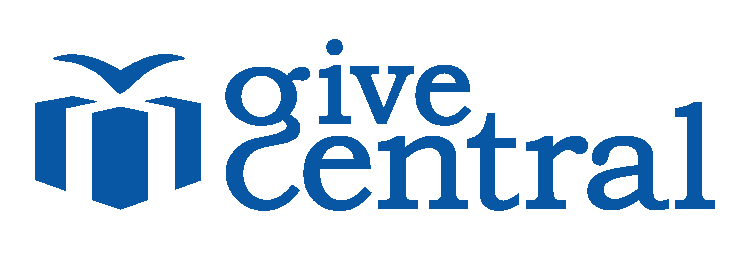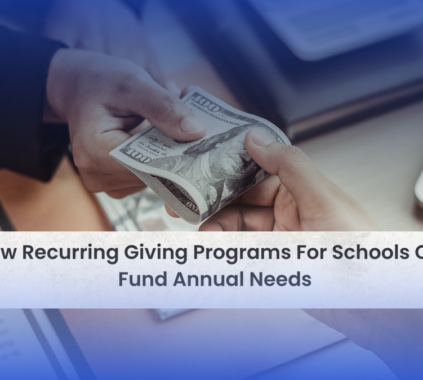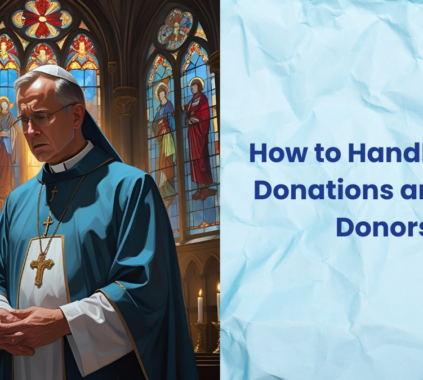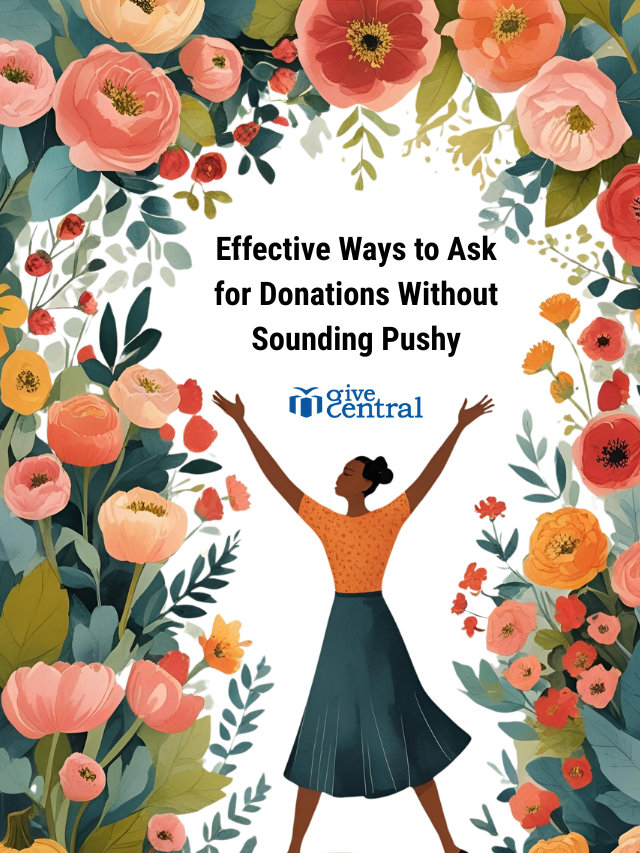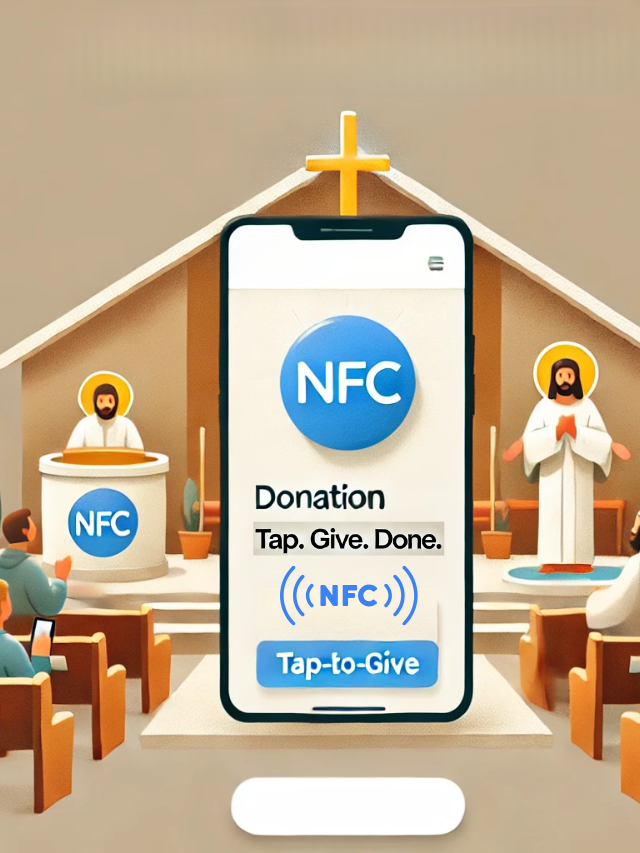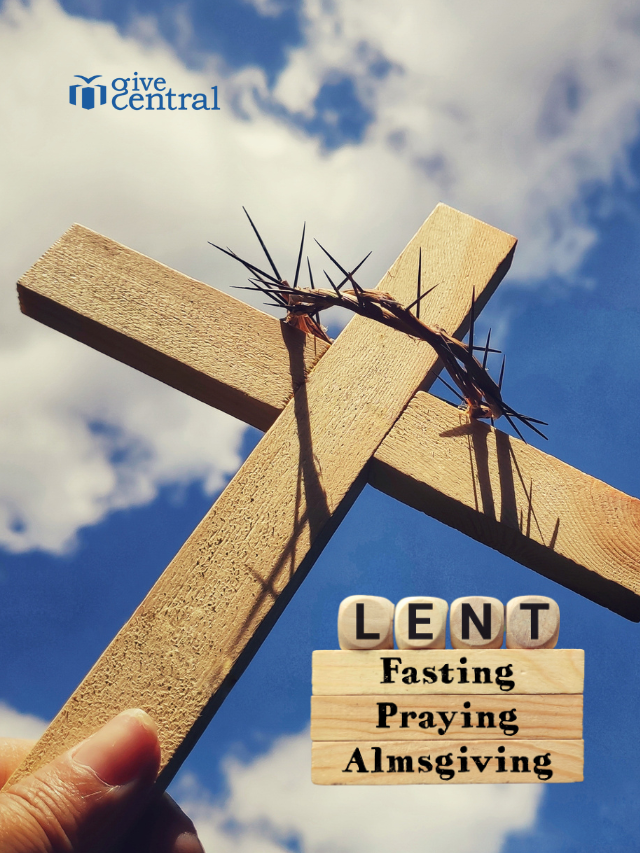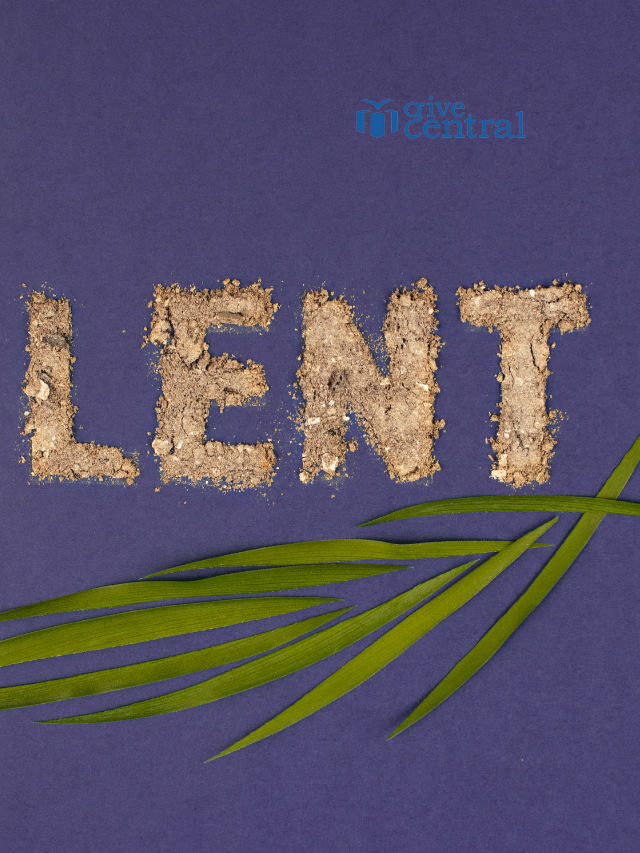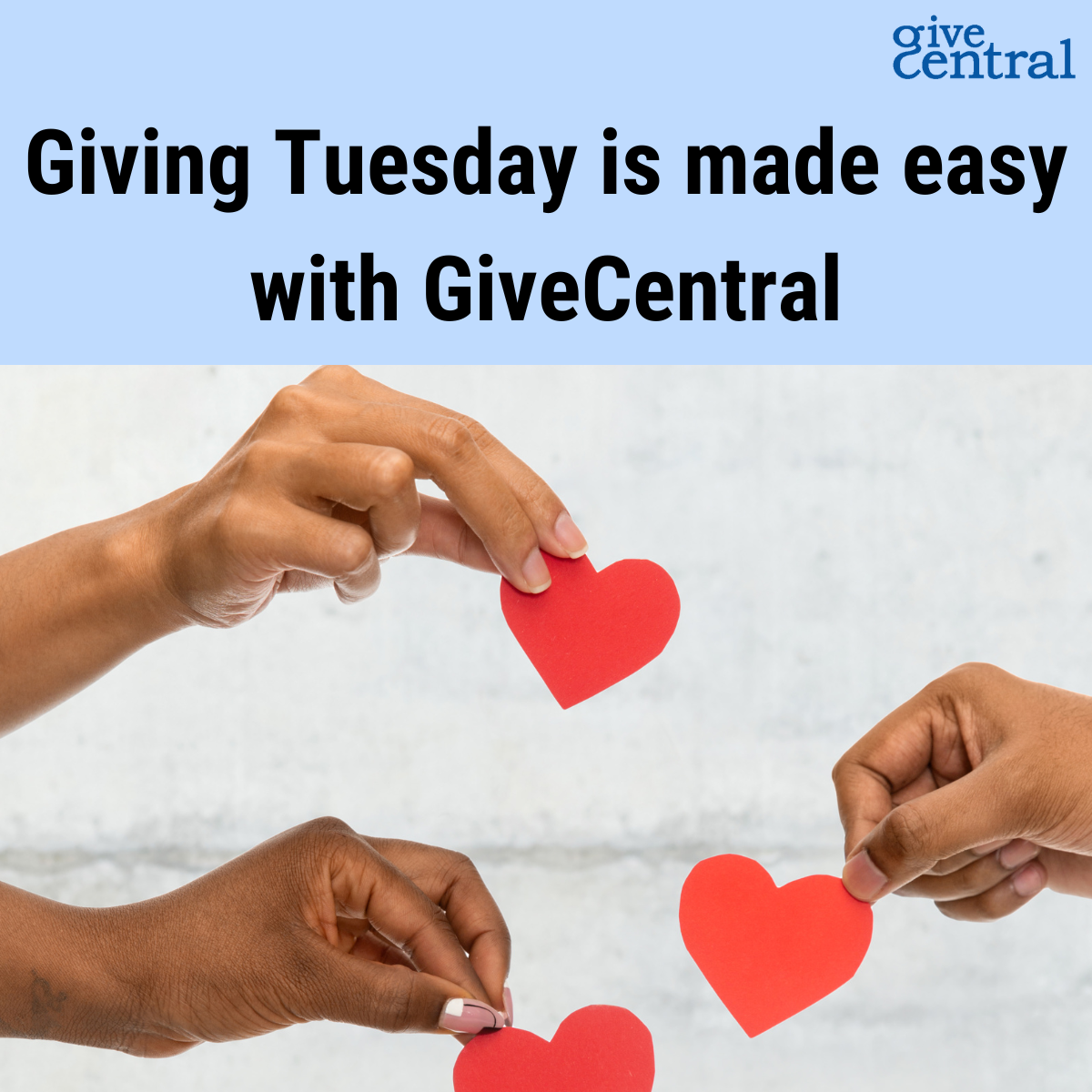More than likely, your nonprofit is familiar with the idea of donor stewardship, or the ongoing efforts of building relationships with generous charitable givers. You probably even have procedures in place specifically for this purpose!
However, if you’ve navigated to this guide, you’ve likely realized it’s time to revitalize those stewardship efforts.
Maybe you set a resolution to grow your nonprofit, or maybe you’re noticing decreasing supporter retention rates. Whatever the reason, this guide has you covered. We will explore the basics of donor stewardship (as well as how you can improve your strategy) through the following points:
- What is donor stewardship?
- Tips to Improve Your Stewardship Efforts
- Thank first, ask later.
- Remain open to feedback.
- Be transparent in your efforts.
- Involve your entire team in the process.
Are you ready to improve your nonprofit’s efforts? Let’s get started.
What is donor stewardship?
Donor stewardship is the process of building relationships with individuals that have given to your organization. The goal of stewardship is to create life-long sustaining relationships for your nonprofit.
This relationship development is essential for discovering opportunities for major giving, recurring giving, and planned giving opportunities. Further, strong stewardship is necessary to help supporters make those important giving decisions.
Stewardship is so important that many nonprofits directly allocate time for it in their yearly and long-term planning efforts. Learn more about this and other aspects of nonprofit strategic planning through this Averill guide.
Why is stewardship so important?
There are a few key reasons why a strong stewardship strategy is crucial for your organization’s success:
- Retaining givers is essential to build your organization’s fundraising capacity over the years. Capacity building is the practice of increasing the gifts your organization is able to raise year over year. This is done by acquiring and then retaining new givers for a larger supporter base as time goes on.
- Supporter retention is significantly more efficient than researching and soliciting new ones. Instead of reaching out to a variety of potential supporters that might not respond, you can strengthen relationships with those that already interact with you.
- Long-term supporters are more likely to have a greater impact over their lifetime. As opposed to one-time givers, lifetime supporters have a higher potential of becoming major supporters and planned givers.
Now that the importance of a strong donor stewardship strategy is clear, let’s look at a few ways to improve your organization’s efforts.
Tips to Improve Your Stewardship Efforts
Thank first, ask later.
Even if you’re observing one supporter giving in increasingly larger amounts, something that would set off any fundraiser’s major giver prospect research alarm bells, it’s crucial that you don’t immediately jump into asking for those bigger gifts.
Donor stewardship often begins after an initial gift has been made. Before you even think to send another gift solicitation to that supporter, make sure you’ve thanked them earnestly. Depending on the nature of the gift, this could mean a hand-written thank you letter, a staff member calling the supporter to express gratitude, or even your board members getting involved in the effort.
Some best practices are personalizing the communication and expressing what your nonprofit will accomplish with the funding. Supporters will feel personally appreciated for their gift and excited seeing the positive impact it will have.
Remain open to feedback.
After thanking supporters for their initial gift, your donor stewardship strategy should aim to draw givers further into your organization.
Invite supporters that are already invested in your organization’s success (for example, those that are giving larger gifts or regularly participating in your offerings) to provide feedback on your nonprofit’s management.
There are a few different ways this could look:
- Holding a planning and feasibility study prior to any major campaigns. Interview key stakeholders one-on-one to get their opinions on your upcoming efforts.
- Inviting supporters to provide feedback throughout the year. Consider checking in with supporters throughout the year, perhaps through surveys or one-on-one meetings, to see how they’re perceiving your work for the year.
When you ask supporters to give their opinion of your work, they become more invested in your success overall as they feel like part of the team. Further, when you show them that you appreciate and respect their feedback, they’re more likely to continue engaging with your organization and providing that help.
Because it can be difficult to provide constructive feedback directly to the entity being criticized, you may want to consider bringing in a third party such as a nonprofit consultant to facilitate these conversations.
Be transparent in your efforts.
In order to maintain and grow a relationship with supporters, they need to truly trust your organization. No one wants to continue giving to a nonprofit if they suspect the behind-the-scenes work is ineffective!
Therefore, you need to be open and transparent with your supporters through your communications. One of the five factors that influence generosity is storytelling, as in expressing to supporters:
- What their gifts are going toward.
- How that effort is positively affecting others.
This comes into play before, during, and after any fundraising efforts you hold.
For example, you’ll want to clearly express your intentions during any pre-campaign interviews held with key stakeholders to start garnering support. During the fundraiser, you’ll want to get specific with gift solicitations in order to convince supporters to give. Then, after the fundraiser when you’re putting the raised gifts to work, show givers the effect of their gifts.
This transparency at every point in the fundraising cycle will make supporters more likely to return, increasing retention as you continue raising funds.
Involve your entire team in the effort.
Some nonprofits are more segmented in their efforts, with separate teams handling portions of operations. You may have a general fundraising team, a major donor stewardship team, a marketing team, and of course, your nonprofit’s board. When it comes to cultivating strong stewardship practices, get everyone involved to improve your efforts.
For example, if you have a general fundraising team, these are the people who first interact with supporters. They’re the ones that can identify strong opportunities for stewardship and pass that information down the pipeline to staffers working specifically on those opportunities, such as your major gifts officer.
If you have a marketing team, ensure they’re sending out both solicitation and appreciation communications to current supporters. Finally, your board members should certainly play a role in the effort, building relationships with your organization’s most impactful givers through lunches and one-on-one conversations.
You may want to supplement your current team with outside team members, such as a fundraising consultant. These third-party helpers specialize in activities such as donor stewardship and can help your nonprofit build a winning strategy that grows your fundraising capacity for years to come. For more information about hiring a fundraising consultant and the associated fees, check out this guide.
Donor stewardship is a crucial component of any nonprofit’s strategic plan, allowing you to build fundraising capacity in a more efficient and organic manner.
Examine your nonprofit’s donor stewardship strategy and consider: Are there areas you can build upon? Use these four tips to help guide your improvements.
donor stewardship fundraising nonprofit organization storytelling thank your donors
Last modified: April 20, 2025
